King Charles and Queen Camilla are attending a Christmas Day church service at Sandringham, with the Prince and Princess of Wales and other royals by their side.
Excited crowds gathered to…
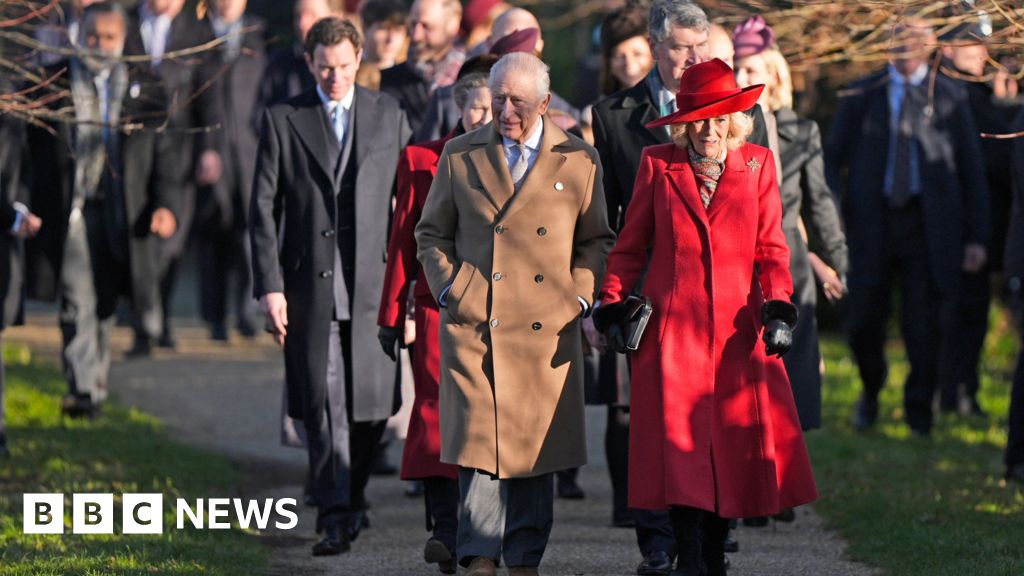
King Charles and Queen Camilla are attending a Christmas Day church service at Sandringham, with the Prince and Princess of Wales and other royals by their side.
Excited crowds gathered to…
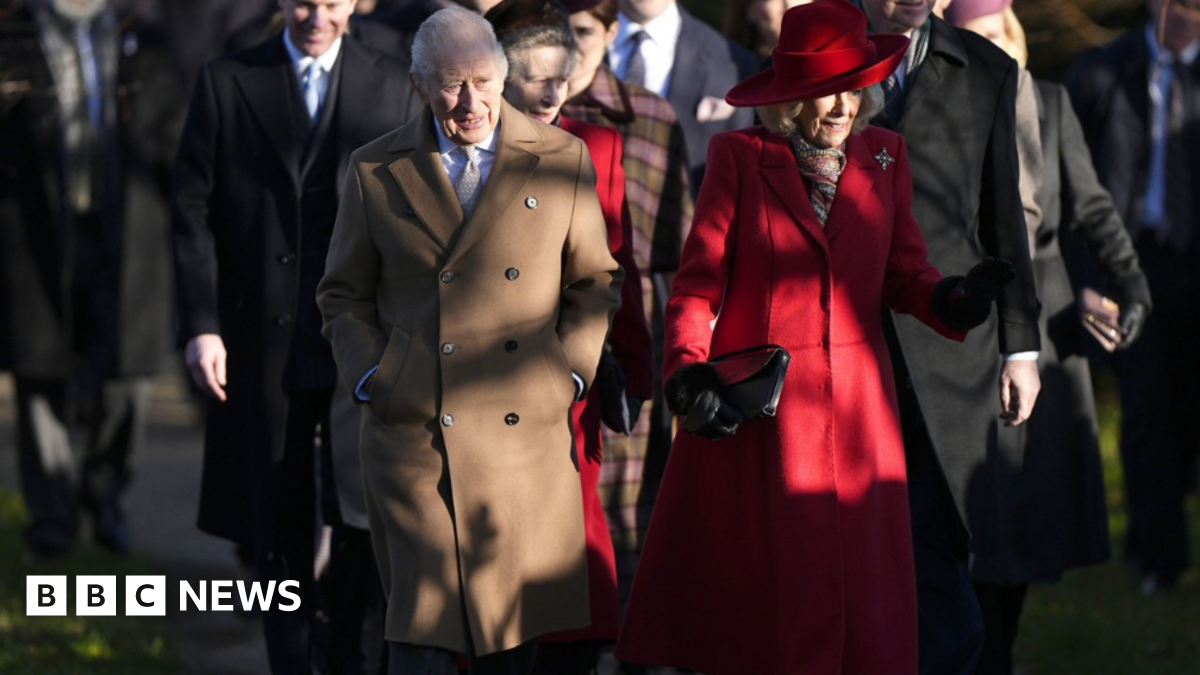
The Princess Royal and her daughter Zara Tindall, with her family, also attended, along with the Duke and Duchess of Edinburgh.
The Christmas morning church service is a big event in the royal calendar, bringing together the Royal Family for a…

Apple is sending out one of its strongest years in recent memory. The iPhone 17 series is one of its best-selling smartphone lineups in recent memory and will help it edge out arch-rival Samsung as the world’s leading smartphone vendor…

Reindeers may not have noses that glow red in the night, but they do have a marvelous body part that changes color in winter darkness.
In 2013, scientists discovered that reindeer eyes change hues with the seasons, reflecting the color of the…

As we wrap up 2025, we’re taking a look back at the tech trends that became kind of normal in the last year. Today: AI-enabled wearables — devices that let us take the power of large language models with us wherever we go so they can see or…
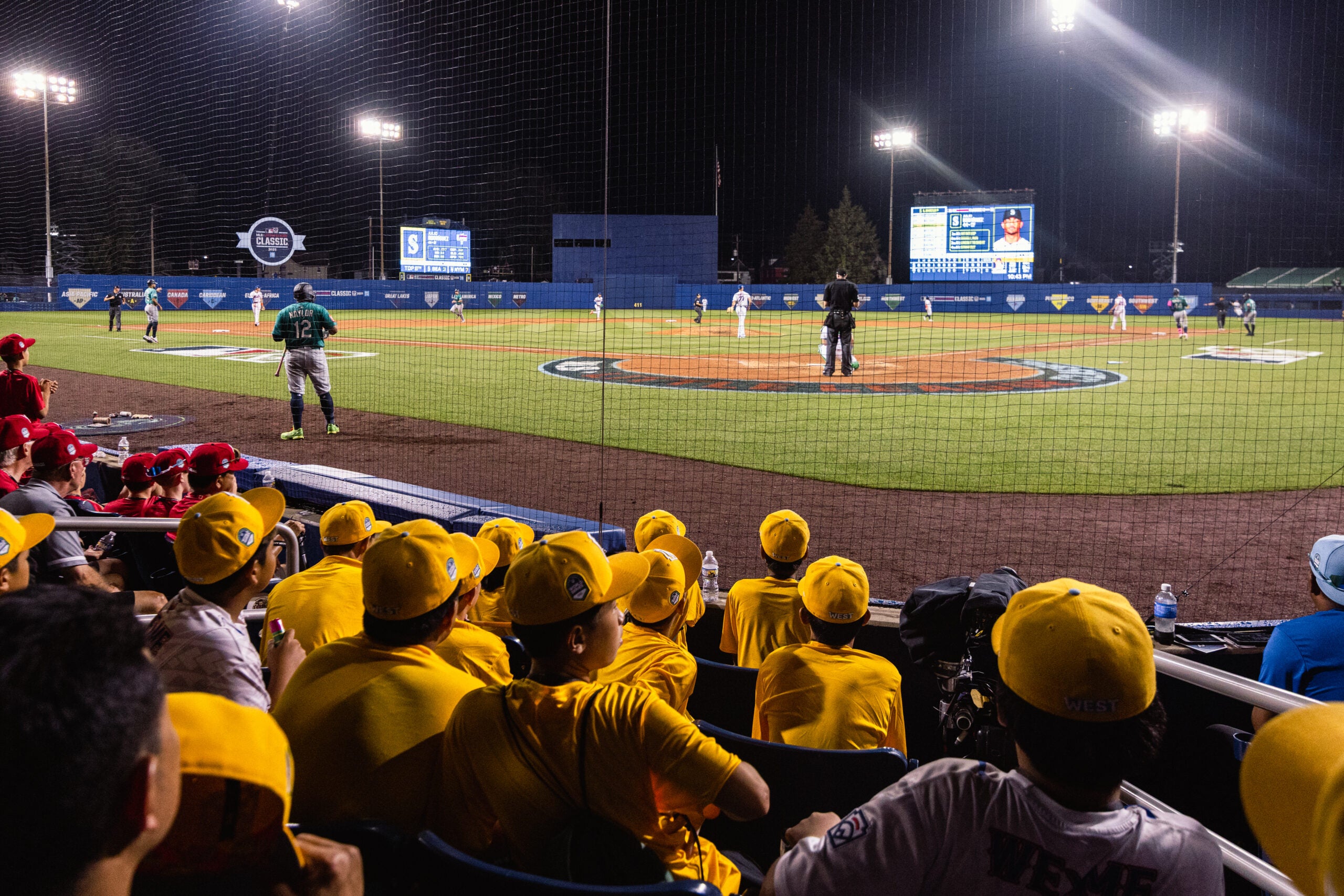
Milwaukee Brewers infielder Caleb Durbin started playing baseball when he was 7.
He has fond memories of watching players his age compete in the Little League World Series on television.
But as a kid, he never had the chance to play or see a…
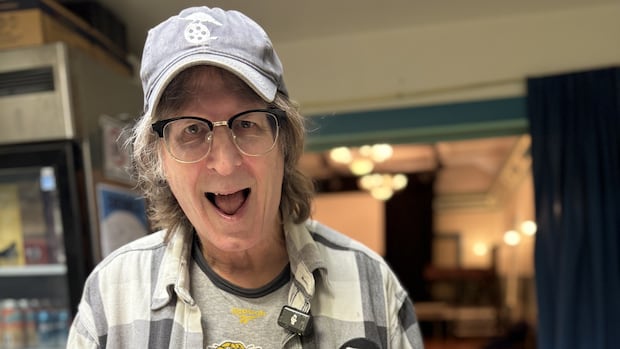
Listen to this article
Estimated 3 minutes
The audio version of this article is generated by AI-based technology. Mispronunciations can occur. We are working with our partners to continually review and improve the results.
Dan Sokolowski has eaten a…

A few short years after punk’s initial shock-and-awe inspired thousands of teenagers to spike their hair and learn three chords, the genre mutated into hardcore: a leaner, meaner and fiercely independent hybrid that would soon be tearing up…
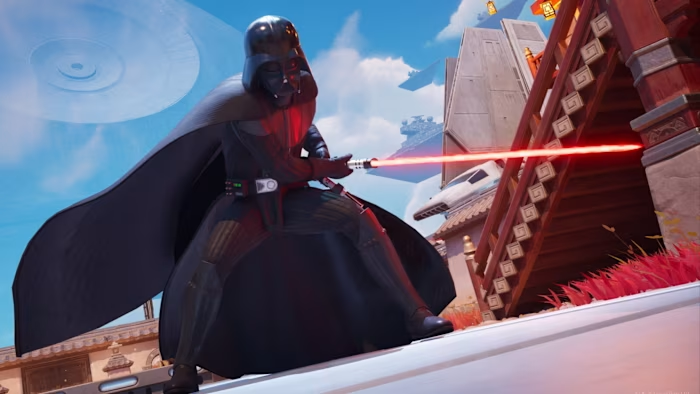
Unlock the Editor’s Digest for free
Roula Khalaf, Editor of the FT, selects her favourite stories in this weekly newsletter.
The global video games industry is set to be disrupted by the advent of artificial intelligence models that generate…